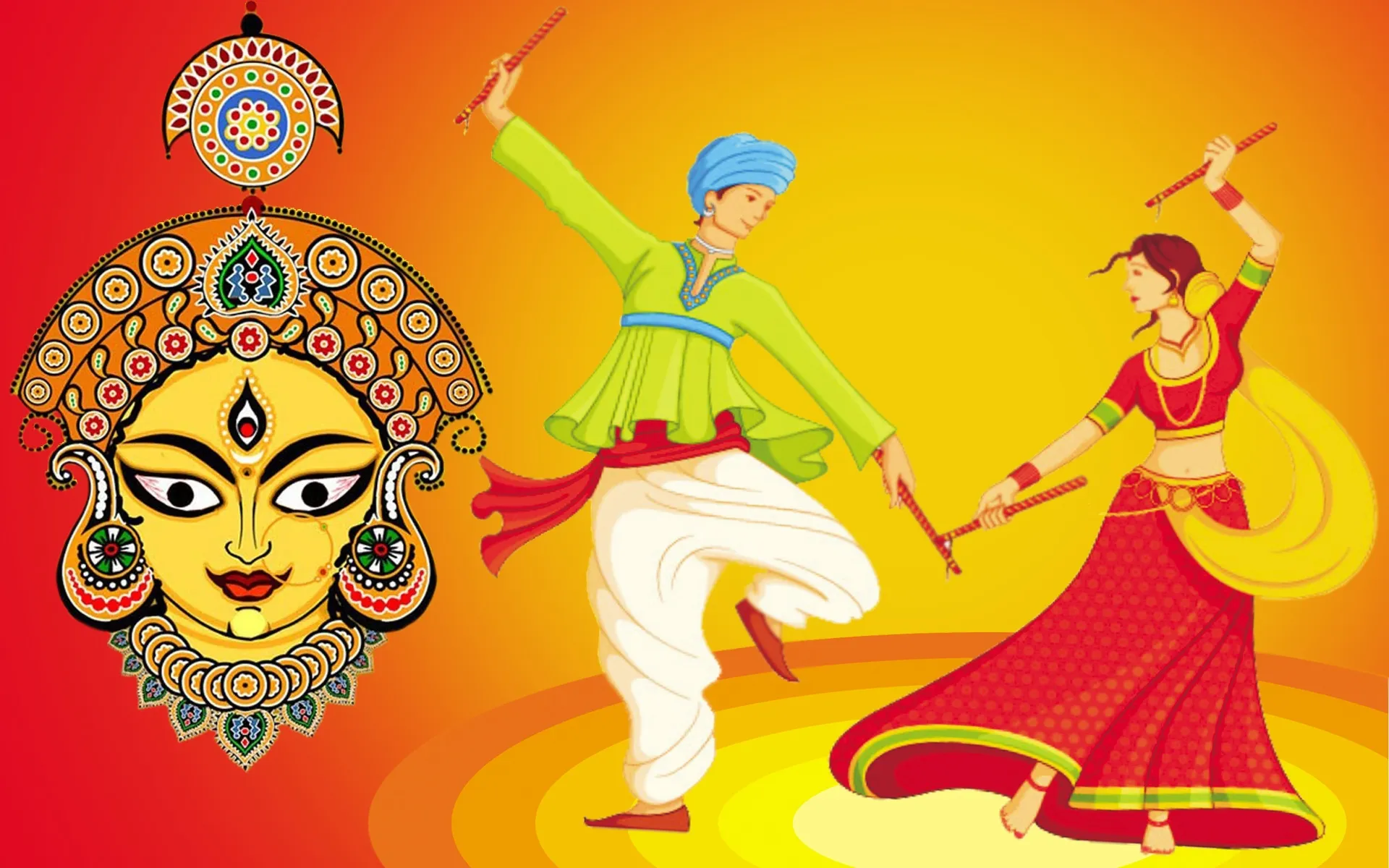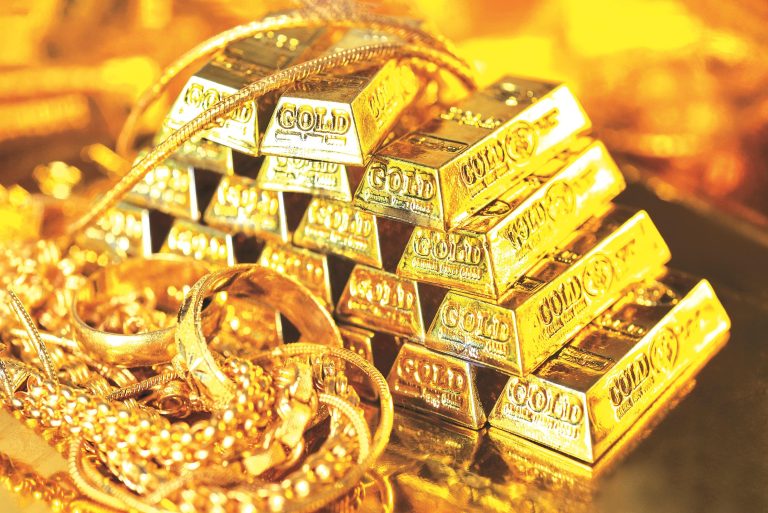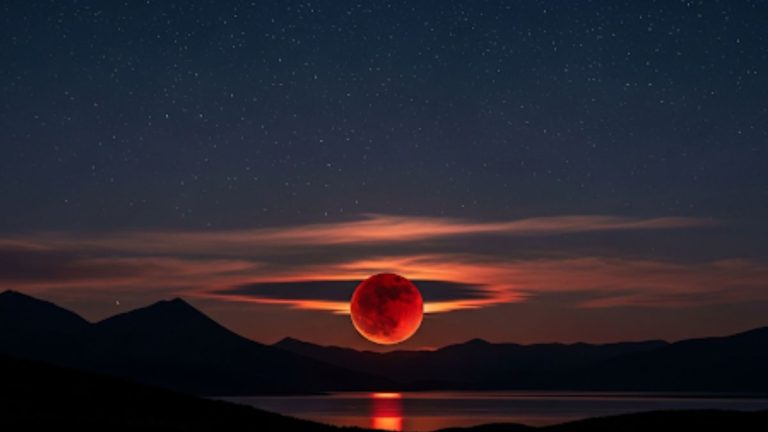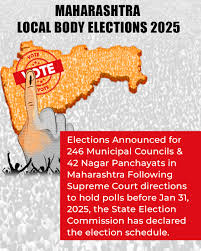
Navratri is celebrated twice a year in India – in the months of Chaitra (March-April) and Ashwin (September-October), according to the Hindu calendar. In 2023, the Navratri festival in the month of Chaitra will be celebrated from March 22nd to 30th march. The festival in the month of Ashwin will be observed from September 21 to September 29.
It is important to note that the dates may vary slightly depending on the lunar calendar and local customs. Navratri is a time of great significance for Hindus, and devotees all over the world observe fasts, perform pujas (prayers) and rituals, and celebrate the triumph of good over evil.
The first three days of Navratri are dedicated to Goddess Durga in her fierce form, the next three days to Goddess Lakshmi in her peaceful form, and the final three days to Goddess Saraswati in her knowledge form. The tenth day is celebrated as Vijayadashami or Dussehra, which marks the victory of good over evil.
Here are some common ways in which Navratri is celebrated:
- Fasting: Many people observe fasts during Navratri, either by consuming only certain types of food or by abstaining from food altogether.
- Pujas and Rituals: Devotees offer prayers and perform rituals to seek the blessings of Goddess Durga and other deities during Navratri. This includes reciting mantras, lighting lamps, and making offerings of flowers, fruits, and sweets.
- Garba and Dandiya Raas: These are traditional dances that are performed during Navratri in many parts of India. People dress up in colorful attire and dance to the beat of drums and other instruments.
- Decorations: Homes and public places are decorated with flowers, lights, and other traditional items during Navratri. This adds to the festive atmosphere and creates a sense of joy and celebration.
- Charity: Many people donate to charitable causes during Navratri, such as by offering food, clothing, or money to those in need.
- Cultural Events: Navratri is also a time for cultural events, such as music concerts, plays, and art exhibitions. These events showcase the rich cultural heritage of India and provide a platform for artists to showcase their talents.

Here are some dos and don’ts for Navratri fasting in 2023:
Dos:
- Eat foods that are made from buckwheat flour (kuttu ka atta), water chestnut flour (singhare ka atta), and amaranth flour (rajgira ka atta).
- Include fruits, vegetables, and dairy products like milk, yogurt, and paneer in your diet.
- Stay hydrated by drinking plenty of water and other fluids like coconut water, lemonade, and buttermilk.
- Use rock salt (sendha namak) instead of regular salt.
- Include nuts and seeds like almonds, cashews, and pumpkin seeds in your diet.
Don’ts:
- Avoid consuming non-vegetarian food, including eggs, fish, and meat.
- Do not consume grains like rice, wheat, and lentils.
- Avoid eating onions, garlic, and ginger.
- Avoid processed and packaged foods like chips, namkeen, and biscuits.
- Do not consume alcoholic beverages or smoking.
It is also important to note that fasting during Navratri is a personal choice and may vary depending on individual beliefs and customs. If you have any health concerns, it is recommended to consult with a healthcare professional before starting any fasting or dietary regimen.
Let’s light the lamp of knowledge and positivity this Navratri and remove the darkness of ignorance and negativity from our lives. Happy Navratri!





